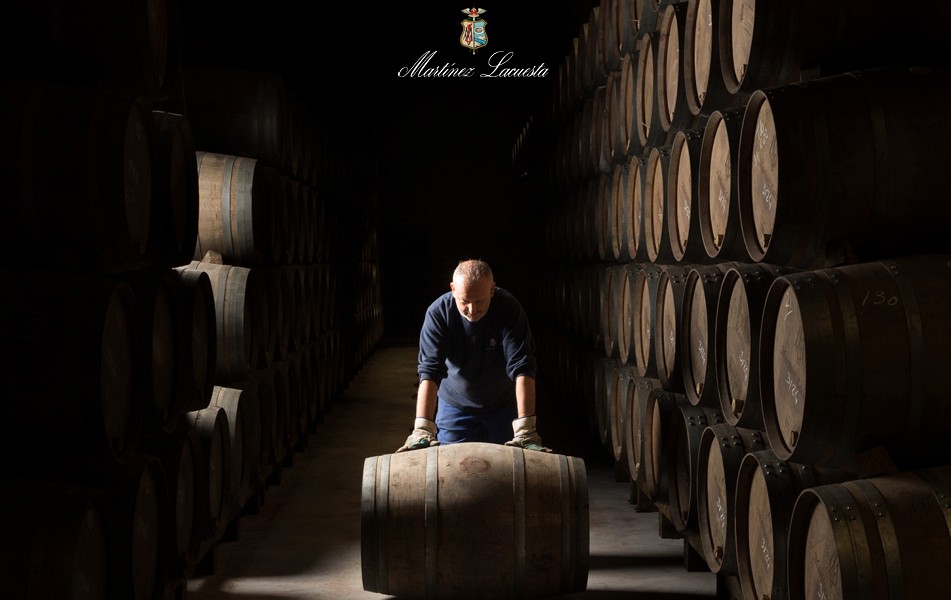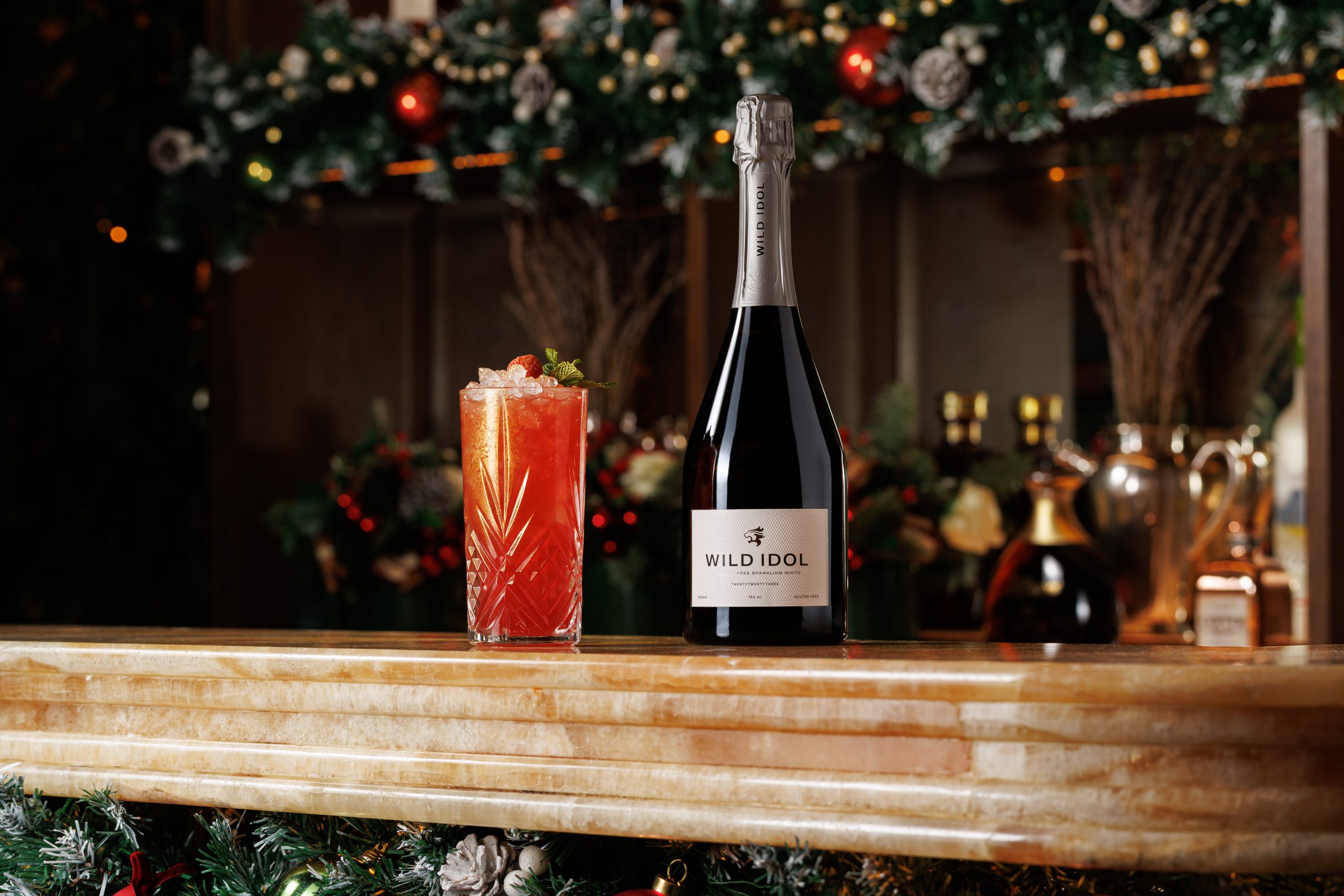Fine wine investment: Wild horses
We have written in the past about how cheap Pavie seems to be, relative to Angelus, and before offering an update on that situation it is interesting to note that Pavie has been knocked off its ‘best value in St Emilion’ perch: by Cheval Blanc, no less.
One of the filters we can apply to the Amphora algorithm allows us to cross check value by sector, showing us the cheapest (by algorithmic value) wine in any particular region. As it happens, the cheapest wine in St Emilion right now is Cheval Blanc 2014, followed in turn by Pavie 2014 and Cheval Blanc 2012.
A lot of the time you can have a sense that some wines even within the same grade seem to cost a bit more, or less, than others, to the degree that it is noticeable. We all know, for example, that when Angelus and Pavie were elevated to Grand Cru Classé A status in 2012 their wines received an immediate price boost, while still leaving them at a significant discount to Ausone and Cheval Blanc.
From a general market observational standpoint that may be as far as you want to take the matter, but from an investment perspective you have to dig a whole lot deeper, and the algorithm allows us to do precisely that. It tells us, for example, that the cheapest Angelus is more expensive than the most expensive Cheval Blanc.
Perhaps we should repeat that, because it surprised us too! The cheapest Angelus is more expensive than the most expensive Cheval Blanc. The algorithm takes in all the fixed and semi-fixed data and after applying the price of the wine you get a points per £ valuation. The most expensive Cheval Blanc is the 2010, at 3.70 points per £. The cheapest Angelus is the 2014, at 3.60 points per £. Now that we have a frame of reference I can reveal that the Cheval Blanc 2014 gives you 5.74 points for every pound you spend on it, while the most expensive Angelus, (excluding the pricey 2000 at 2.36 points) is the 2007 which gives you only 2.42.
It is a widely held view that Cheval Blanc didn’t participate in the Asia-inspired market boom as much as it might have, it, “never having caught on with the Chinese”. Certainly some wines were marked beneficiaries, like Duhart Milon with its Rothschild affiliation, Beychevelle because of the ‘dragon boat’ on its label, and indeed Angelus whose label gives rise to its nickname: it is known as ‘Golden Bell’ in Chinese characters.
Marketing and promotion can do wonders, of course, and maybe Cheval Blanc didn’t spend enough time in the Orient explaining that you could still have a fabulous red wine called ‘White Horse’ to an audience much more used to drinking a whisky by that name. Either way, to this day it is cheap considering both its pedigree and recent performance, where performance refers to the standard of its wines rather than its price movement.
If you look at the regional vintage scores St Emilion stands out for having fewer outstandingly great years than other Bordeaux appellations. Let’s accept that the five most recent top vintages have been 2005, 2009, 2010, 2015, and 2016. The stellar year in St Emilion, according to Robert Parker, was 2005, to which he accorded 99 points, but the best score from the other years was ‘only’ 95, leading to an aggregate total of 476 points. The aggregates elsewhere are: Pauillac 485, Margaux 483, Pessac Leognan 486, and Pomerol 481.
These may seem trifling differences, but we know that these things matter to both connoisseurs and investors, and the numbers suggest that it is slightly harder in St Emilion to produce fantastic wines than elsewhere. Please note then the Cheval Blanc Wine Advocate scores for those five years: 100; 100; 100; 100; 100. Remember that the most expensive Cheval Blanc is cheaper than the cheapest Angelus, aso now mark the Angelus scores for those years: 100, 99; 99+; 97; 98+.
Partner Content
Now, the difficulty a fine wine investor has is in wondering how long it will take Angelus and Pavie to match Ausone and Cheval Blanc in price terms, and here you enter the realms of speculation. The accord of the Syndicat Viticole is one thing, but it takes a long time to develop the name and pedigree for which wines are rightly prized around the world, so we at Amphora believe that is the wrong question. Especially when they are more expensive in relative terms already.
For us, for the time being, it makes more sense to view Angelus and Pavie against each other, and possibly a producer like La Mission Haut-Brion. Cheval Blanc though enjoys the heritage of a First Growth, and deserves a price premium accordingly. So when we match it up against the best, in vintages where, as disclosed above, the First Growths had a regional vintage score advantage, how do they all stack up?
You will recall that the best place to be was Pessac-Leognan with its aggregate of 486. Guess what: Haut-Brion matches Cheval Blanc with a perfect set of 100s. Pauillac was narrowly behind with 485 and while Mouton outdid Lafite by at least registering a maximum in 2016 (Lafite scored 99 that year – its best effort over the study period) Latour actually managed 100 three times. Margaux like Lafite scored no maximums but did slightly better with 3x99s and 2x98s, but Petrus shines, as you might expect. Second lowest aggregate score in Pomerol but 4x100s and a 97 speak to its enduring quality.
We have noticed that for some time the Lafites of 2009 and 2010 score very highly on the algorithm, and there are those who think it has lost its cachet somewhat, making even its best wines relatively cheap. The above analysis suggests that a Lafite discount is deserved, being comfortably outshone in Paulliac by Latour, and even more recently by Mouton. But we can’t help thinking that there is scope for price improvement for Haut Brion given its ability to take full advantage of optimal production conditions, and we would highlight Cheval Blanc too.
Cheval Blanc has taken slightly inferior conditions but made quite brilliant wines out of them. That deserves much credit, and Amphora believes that the best way to take advantage of a potential resurgence in Cheval popularity would be to buy its 2014 vintage, which is extremely cheap by anyone’s standards.
Philip Staveley is head of research at Amphora Portfolio Management. After a career in the City running emerging markets businesses for such investment banks as Merrill Lynch and Deutsche Bank he now heads up the fine wine investment research proposition with Amphora.




